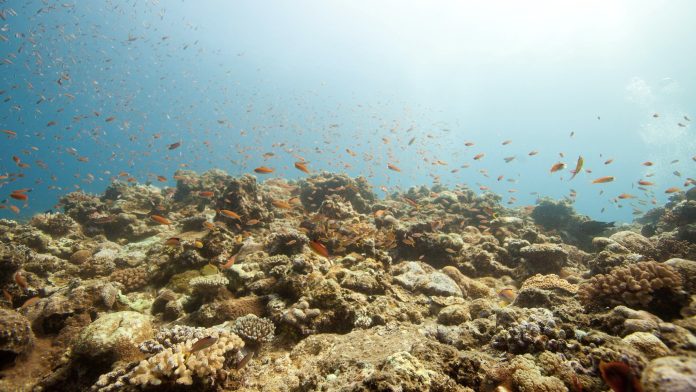Transcript:
During a wildfire, many animals survive by fleeing the area. Afterward, restoring the landscape can help set the stage for wildlife to move back in.
Znidersic: “We can plant the trees, we can put the nest boxes in … but it’s like building the concert hall, but you haven’t got your musicians there. So how do we get the species to return?”
Elizabeth Znidersic of Charles Sturt University in Australia says one strategy is to attract animals with sound – by playing recordings of the songs, calls, and chirps they’d expect to hear in the forest.
Znidersic: “They might go, ‘Hmm, there is something good over there. There’s some healthy habitat,’ or, ‘That’s prey.’”
The approach has already worked in other ecosystems. For example, at a restored coral reef, researchers played recordings of a healthy seascape.
Znidersic: “And oyster larvae went to that site where they were playing the healthy seascape, as opposed to the control site, where not much happened at all.”
And Znidersic says luring species that visit a forest even briefly can help jump-start ecosystem recovery. For example, bird droppings disperse plant seeds and fertilize soil.
So after a disaster, playing the sounds of a healthy forest can help create one.
Reporting credit: Sarah Kennedy / ChavoBart Digital Media




